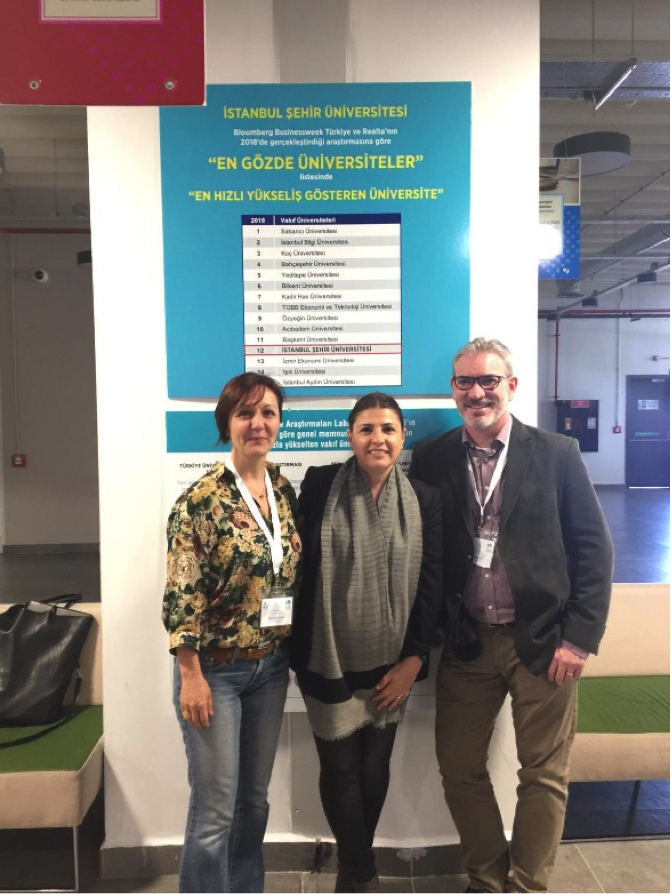
Reflections on the LEST Forum
by
Adam Simpson, Burça Çapkan and Sibel Taşkın Şimşek
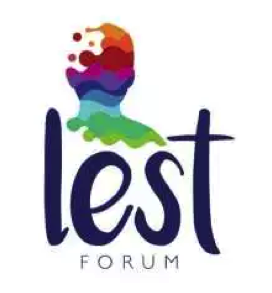 The First Annual LEST Forum Event took place on 3rd May, 2019 at Istanbul Şehir University. The aims of the event were to build bridges in terms of promoting technology use, as well as enhancing the effective integration of any method or tool, including technological tools and apps, both inside and outside class.
The First Annual LEST Forum Event took place on 3rd May, 2019 at Istanbul Şehir University. The aims of the event were to build bridges in terms of promoting technology use, as well as enhancing the effective integration of any method or tool, including technological tools and apps, both inside and outside class.
Dr. Tufan Adiguzel, professor at the Department of Computer Education and Instructional Technologies at Bahcesehir University, opened the day with his talk ‘What if Salvador Dali was your Tech-savvy English Teacher?’ Many language instructors feel that they know what scaffolding is, he noted. However, this concept is in constant flux owing to the changing nature of instruction and the impact of technology in education, Tufan suggested. The core tenet of his talk was that a more comprehensive understanding of the scaffolding phenomenon would enable teachers to become more informed and creative when offering such support. He suggested various scaffolding tools and explained their practical use in helping learners improve their grammar, vocabulary and language skills.
Emrah Akkurt, an instructor at Istanbul Şehir University delivered a talk entitled ‘Information Construction via Scaffolding on Moodle.’ Emrah’s talk began with a comprehensive background explanation of Constructivism and Scaffolding. Emrah then went on to display a variety of Moodle applications, along with an easy to reach free Moodle alternative, thus showing practical examples of how to combine technology and scaffolding as a support to knowledge construction.
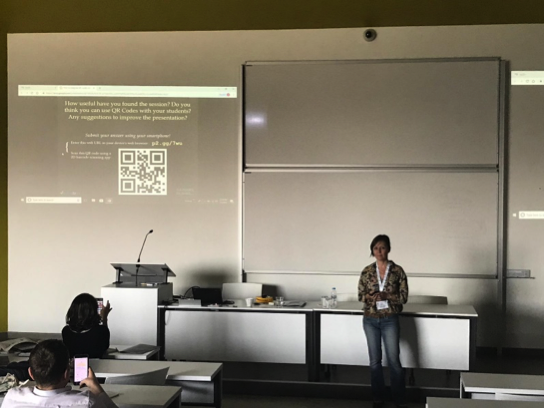 Sibel Taşkın Şimşek from Sabanci University gave a session on QR Codes in Education to inspire the participants and add another string to their professional bows. During the session, participants learned about the history of the codes and were able to combine ease, speed and creativity that would enrich their lessons with the help of these "magical codes". Since these codes serve well for many different purposes, they had to chance to explore the codes to be used both inside and outside classroom environment by experiencing different types of activities.
Sibel Taşkın Şimşek from Sabanci University gave a session on QR Codes in Education to inspire the participants and add another string to their professional bows. During the session, participants learned about the history of the codes and were able to combine ease, speed and creativity that would enrich their lessons with the help of these "magical codes". Since these codes serve well for many different purposes, they had to chance to explore the codes to be used both inside and outside classroom environment by experiencing different types of activities.
Ervin Daleth Ostos Santos, who works as a Spanish Instructor at Özyeğin University in Istanbul, delivered a session called ‘The next step to Interactivity.’ In this talk Ervin showed us how H5P interactive and instructional content can be blended into the online learning component of a program that makes use of a Learning Management System, namely Moodle. A comparative analysis of the conventional LMS Quiz function versus H5P plug-ins was then given. Different categories of H5P plug-ins were shown, with four example activities shared with the audience in order to display the interactive and instructional quality of H5P.
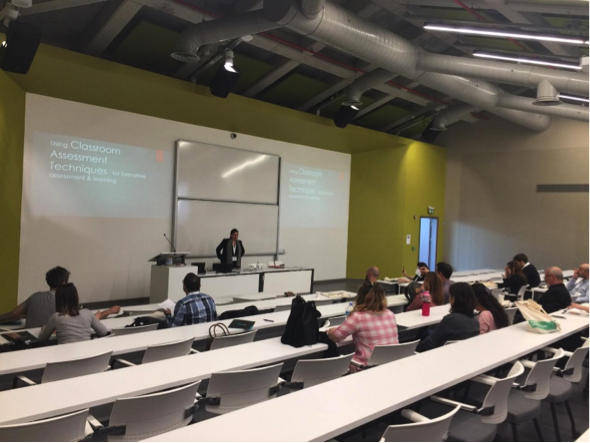 Burça Çapkan from Sabancı University delivered a session focusing on ‘Using Classroom Assessment tools for formative assessment and learning. She emphasized the importance of formative assessment for learning rather than summative assessment. She categorized the classroom assessment tools into 3 broad categories and introduced some useful tolls she has used in her lessons for each category. She also provided some useful handouts for the participants for the planning and implementing stages while integrating classroom assessment tools into the lesson.
Burça Çapkan from Sabancı University delivered a session focusing on ‘Using Classroom Assessment tools for formative assessment and learning. She emphasized the importance of formative assessment for learning rather than summative assessment. She categorized the classroom assessment tools into 3 broad categories and introduced some useful tolls she has used in her lessons for each category. She also provided some useful handouts for the participants for the planning and implementing stages while integrating classroom assessment tools into the lesson.
Gülüzar Öztürk from Istanbul Şehir University delivered a session focusing on ‘Edpuzzle.’ Gülüzar emphasized the importance of providing contextual supports for meaning through the use of simplified language, teacher modeling, visuals and graphics, cooperative learning and hands-on learning. Teachers of second language learners, therefore, need to implement appropriate strategies to facilitate the learning process. Having students watch and engage with videos before lessons helps teachers save time in class, Gülüzar postulated, thus boosting classroom engagement and improving student learning. To this end, EdPuzzle is considered to be the perfect tool to provide students with access to contextualized language input through videos, while enabling teachers to gather data throughout the lesson.
Jeremy Simms from MEF University in Istanbul posed the question: ‘How and why should we use technology to build bridges between understanding and applying knowledge?’ We as educators are always looking for ways to give learners the tools to express themselves, noted Jeremy. While certain fundamentals, namely speaking and writing, haven’t changed that much, the range of skills that learners need tends to keep evolving. Jeremy set about showing us how EdTech can help us to respect diverse talents among our students, while also enabling them to achieve success in a relatively short time. By guiding students toward methods and tools that are relevant to their own lives, Jeremy suggested, teachers can continue to develop different types of rapport with students, and foster memorable, meaningful learning experiences wherein students are more likely to retain the skills and use them in future work.
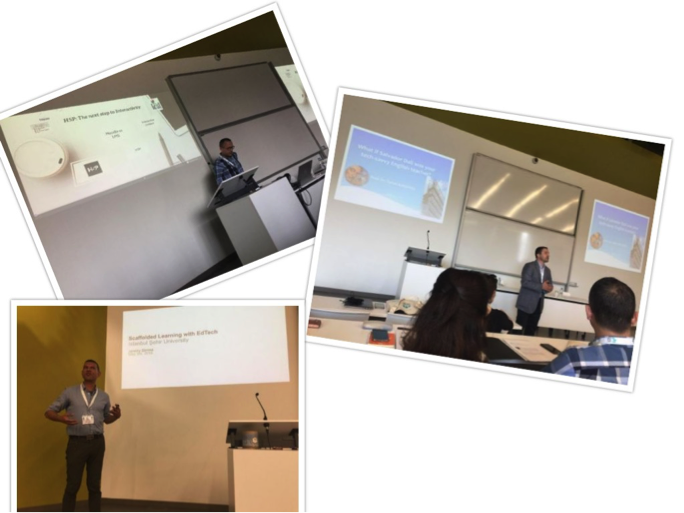 Fatma O’Neill from Istanbul Şehir University rounded off the day, delivering a talk entitled ‘Recording students speak during speaking practices in class?’ Fatma’s session served to summarize action research on the use of recording devices during speaking activities in class. In her study students were recorded a couple of times during class group discussion practices and then received peer feedback. They also recorded themselves and got feedback on their recordings from their teacher. The data was collected via a pre–module and post-module survey, as well as the interview with the teachers to get feedback. The thesis of her talk was that hands-on activities to scaffold students through the use of technology could effectively serve to boost their speaking skills.
Fatma O’Neill from Istanbul Şehir University rounded off the day, delivering a talk entitled ‘Recording students speak during speaking practices in class?’ Fatma’s session served to summarize action research on the use of recording devices during speaking activities in class. In her study students were recorded a couple of times during class group discussion practices and then received peer feedback. They also recorded themselves and got feedback on their recordings from their teacher. The data was collected via a pre–module and post-module survey, as well as the interview with the teachers to get feedback. The thesis of her talk was that hands-on activities to scaffold students through the use of technology could effectively serve to boost their speaking skills.
The final task of the event was a group discussion to exchange ideas on different practices/applications used in different contexts. The notes taken during the discussions were shared with the conference committee to be shared with the participants later.
